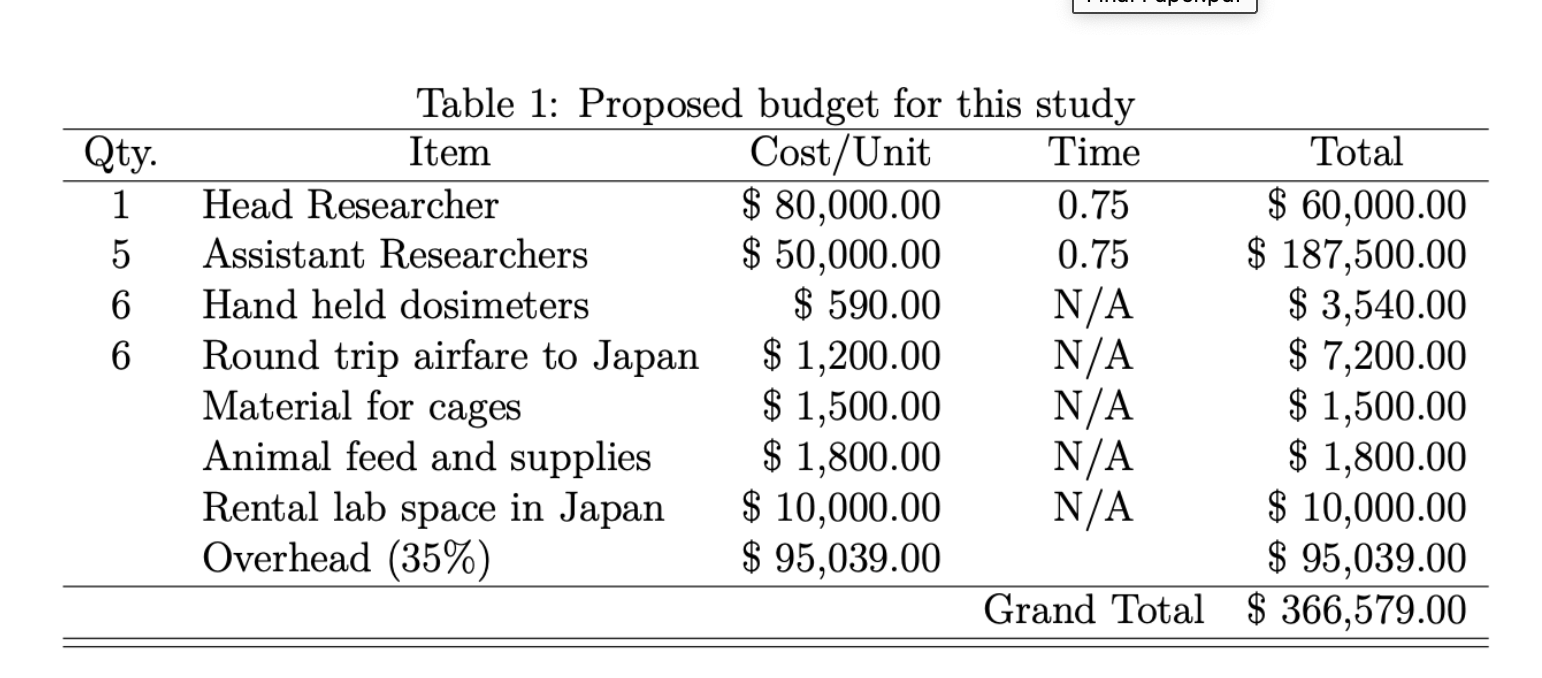Infante-Rivard and Weichenthal’s 2007 review found 21 studies subsequent to Zahm and Ward, 15 of which showed additional statistically significant evidence condemning pesticides at the bar of science. Some of the other studies showed a correlation, but were not statistically significant, for reasons discussed above. The trend in the evidence against environmental chemicals has been going only one way for some time now, and one of the most valuable things their review does is evaluate these trends. In an eminently useful discussion about whether a given exposure to a toxic substance is causally related to a given disease in a population, they lay out some long-established criteria[i]: strength, consistency, specificity, temporality, biological gradient, plausibility, coherence, experiment, and analogy. These factors are not beyond the intelligence of the average reader, and are useful in understanding questions of evidence more generally. Infante-Rivard and Weichenthal point out that plausibility and experiment are givens, considering all the supporting research. It is absolutely plausible that chemicals designed to kill plants, insects, and other living things could also cause disease in humans. Hundreds of well-designed experiments have found a link, in fact. Since Francis Bacon, the scientific method has been our best way of discerning the truth, unclouded by personal experience and preset biases. We need to learn to trust it. The strength of association between pesticides and childhood cancer has sometimes been low, for reasons mentioned above, but the results have been incredibly consistent (consistency), with exposures predating cancer diagnoses (temporality). Infante-Rivard and Weichenthal also identified studies that show a biological gradient, which just means that greater exposure to the chemical has resulted in a higher risk of cancer. This article was a point at which certainty about the connection between pesticides and childhood cancer solidified, escaping the careful qualifications that had marked previous research: “At this point in time, one can confidently state that there is at least some association between pesticide exposure and childhood cancer” (Infante-Rivard and Weichenthal 2007).
As the parent of a child lost to the connection between pesticides and cancer, I have read this research differently from others. While I hearken back to my scientific training, which values skepticism and analytic dispassion, the mother and humanist in me was all along saying something very different. Before Katherine was diagnosed, the evidence against pesticides was good enough for me to wish to protect her from everyday exposures. After she was diagnosed, I found Zahm and Ward’s report absolutely conclusive in one regard: that we should consult the precautionary principle and protect ourselves from these chemicals until they could be proven safe in some other way than by continuing to experiment on our most precious and vulnerable responsibilities – our children. How much proof did we need? I certainly had never needed more proof than that available to Rachel Carson that these chemicals could harm my children. Unlike some scares that didn’t pan out in the scientific research – like the allegations against vaccines – this accusation was only substantiated more every year. Reading this research all along has been painful, more than I could say, but it has also made me absolutely certain of our folly as a society in exposing our children in this way.
[i] “In 1965, Sir Austin Bradford Hill outlined nine factors that should be considered before decid- ing whether or not an association between an exposure and a disease is causal (Hill, 1965). In 1998, Rothman and Greenland provided more recent adaptations of these factors (Rothman & Greenland, 1998). These factors are: strength, consistency, specificity, temporality, biological gradi- ent, plausibility, coherence, experiment, and analogy (Hill, 1965).”











